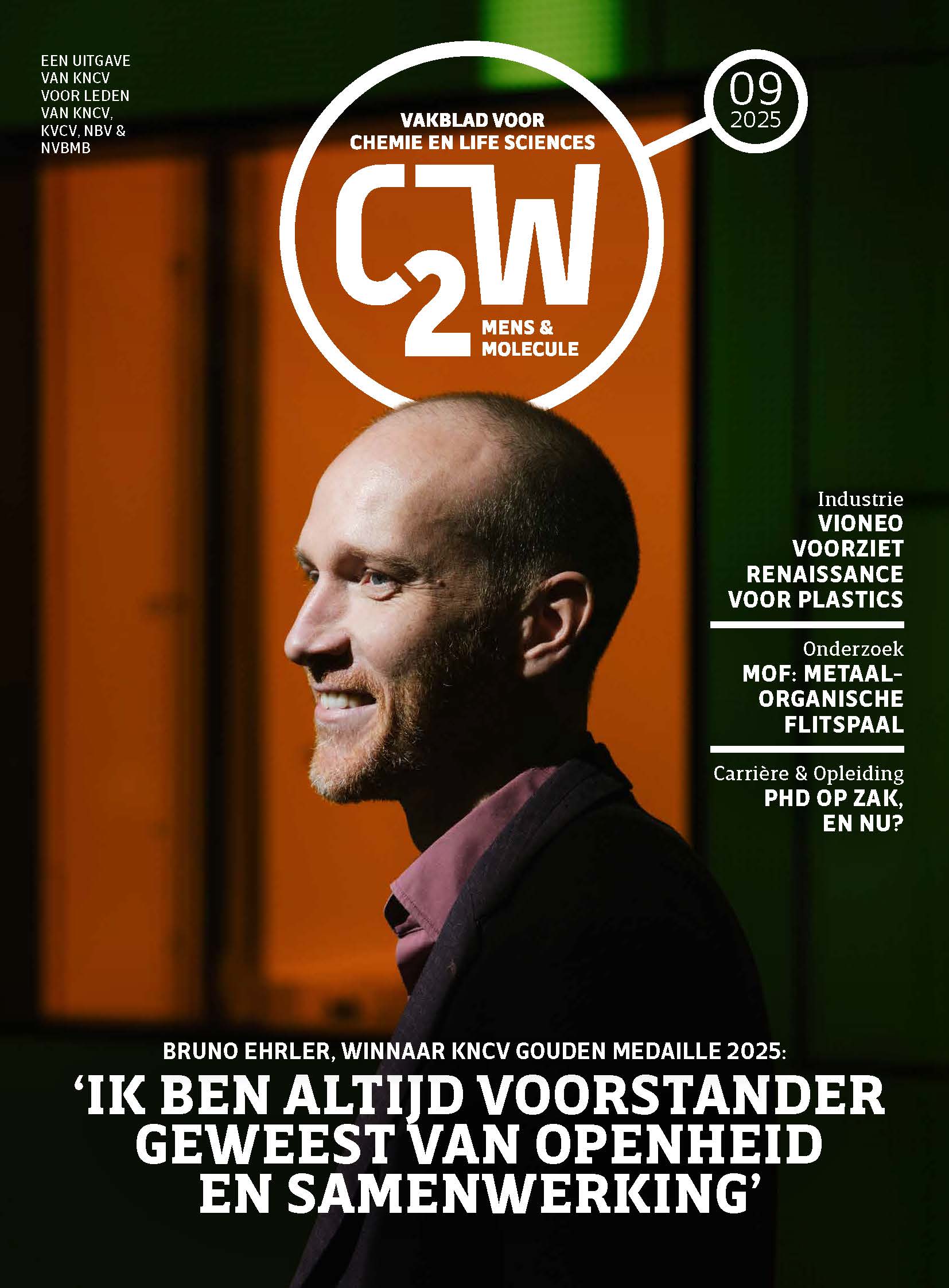Would you like to add an event to this list? Simply register your event using this form.
Unravelling the biosynthesis and mode of action of specialized metabolites

Category
Ph D Defense
Date
2019-12-09 17:00
Venue
KU Leuven, Aula Jozef Heuts, 00.215 - Kasteelpark Arenberg 20
3001 Leuven, België
3001 Leuven, België
Promovendus/a: Thomas Lathouwers
Promotor(en): Prof. dr. ir. Rob Lavigne; Prof. dr. ir. Christiaan Michiels; Mevrouw Joleen Masschelein
Countering the rise of multidrug-resistant pathogens will be one of the major challenges for humanity in the 21st century. As an urgent need for new antibiotics exists, natural products like secondary metabolites are reappearing in the spotlight. Secondary, or specialized, metabolites form an enormous pool of (chemical) complex compounds, currently used in numerous applications like immunosuppressants, antitumoral agents, herbicides and antibiotics. Almost 15 years ago, sequencing revealed the presence of new secondary metabolite gene clusters in prior characterized bacterial genomes. Unravelling the function of these gene clusters and their antibacterial potential has become a continuously expanding research field. Apart from the discovery of novel compounds, researchers focus on altering the chemical structure of the metabolites in order to improve features like heat stability. To accomplish these goals successfully, profound insights in pathway functioning will be essential just as the specific interaction between the antibacterial compound and its target needs to be clarified. In the first part of this PhD research, protein-protein interactions were identified in metabolite pathways as they are suspected to guide compound assembly. The assembly lines of the hybrid zeamine and kalimantacin antibiotics were chosen to test our developed approach. These metabolites were characterized at the Laboratory of Gene Technology. The second part of the PhD research focused on the identificiation of the molecular target of kalimantacin. Its inhibition mechanism might provide insights into potential structural optimizations, which could circumvent resistance development of the enzymatic target against kalimantacin.The zeamine antibiotics are produced by a combination of fatty acid synthases (FASs), polyketide synthases (PKSs) and nonribosomal peptide synthetases (NRPSs) in Serratia plymuthica RVH1. To test this assembly line for protein-protein interactions, it was divided into its functional domains and linker regions. A total of 48 recombinant zeamine proteins were tested in a pool-array yeast two-hybrid (Y2H) screening to identify possible interactions. Three interactions were discovered during this initial screening, of which the ketoreductase domain dimerization could be confirmed during the subsequent confirmation test. A bacterial two-hybrid (B2H) screening performed on the FAS/PKS part of the assembly line expanded the number of discovered interactions, adding potential ketosynthase and thioreductase dimerizations to the list.
Kalimantacin is an antistaphylococcal compound produced by Pseudomonas fluorescens BCCM_ID9359. The previously completed protein interaction map of the kalimantacin assembly line showed 28 potential interactions, of which 13 could be confirmed by Y2H retesting. Identified interactions include trans-acting tailoring enzymes that act on the core assembly line, domain dimerizations and potential intermodulair interactions. Addition of a broad-spectrum Sfp protein into the Y2H screening, which converts the acyl carrier protein domains into their active conformation, did not increase he total amount of discovered interactions. In addition, an in vivo pull-down approach was developed and tested on the tailoring enzymes of the kalimantacin pathway. This method discovered a potential interaction between two enzymes of the β-branching cassette.
In the second part of the PhD research, co-crystallisation and in vitro enzymatic tests proved that kalimantacin inhibits the S. aureus FabI enzyme, a trans-enoyl-ACP reductase essential for fatty acid biosynthesis. Kalimantacin competes with the enoyl substrate for space in the active site of the FabI enzyme and has an IC50 value of 1.505 µM. Next, several mutations in the coding genomic and promotor region of FabI were discovered that could induce resistance against kalimantacin. FabI enzymes individually harbouring single mutations Y147C, M99T, Q57R and D177G, and double mutations Y147C-M99T and Y147C-D177G all demonstrated decreased kalimantacin susceptibility. When these mutant enzymes were heterologously expressed in Staphylococcus aureus RN4220, the strains all showed at least a four times higher minimal inhibitory concentration (MIC) against kalimantacin than the original S. aureus strain. Two mutations in the fabI promotor region, T109G and A72G, elevated fabI transcription thereby conferring resistance against kalimantacin. Furthermore, FabI mutant enzymes (Y147C), (Y147C-M99T) and (Y147C-D177G) were resistant towards triclosan, a well-studied FabI inhibitor. At last, tailoring enzyme BatG of the kalimantacin assembly line was demonstrated to function as a FabI isozyme insensitive towards kalimantacin. Therefore, BatG was confirmed as the source of resistance against kalimantacine present in host Pseudomonas fluorescens BCMM_ID9359.
These fundamental insights into biosynthetic pathway functioning and the inhibition mechanism of kalimantacin are beneficial for future optimization of the assembly lines and their products. The resistance analysis provided first clues in how kalimantacin could be altered to overcome the bacterial resistance against this antibiotic.
All Dates
- 2019-12-09 17:00
Powered by iCagenda

